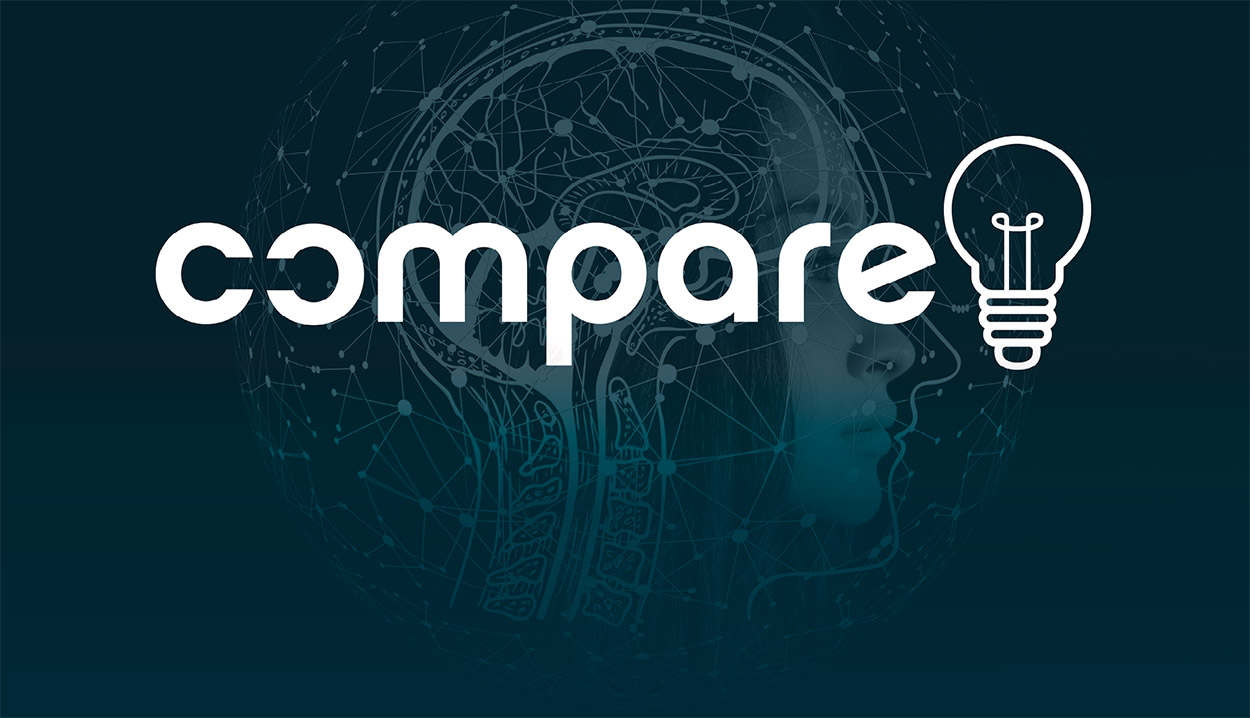Society is facing complex challenges, where radical changes are needed to achieve the 2030 Agenda goals. Innovation in various forms is a key factor in this transition and an enabler for a sustainable society.
The aim of the feasibility study is to develop a model for shared development assets, so-called innovation commons. The theory of innovation commons is based on Elinor Ostrom’s work on the management of common assets, which resulted in her being awarded the Nobel Prize in Economics in 2009. The creation of innovation commons serves several purposes in the innovation ecosystem. Among other things, they can reduce the costs of gathering and accessing knowledge and allow different actors to contribute to the development of a common system, regardless of their differences.
Collaboration between different parties
Questions to be answered by the feasibility study include how the development, dissemination and further development of innovation commons can be organised. An important question is also what role the state can and should take to stimulate such development.
With the support of Vinnova, Compare will tackle these challenges, including in collaboration with Anders G Nilsson, CEO of Ideon Science Park. At the same time, the work is being monitored by a renowned reference group, including Michela Magas (Industry Commons Foundation), Johan Magnusson (University of Gothenburg) and Anders Broström (Entrenörskapsforum).
 Lina Svensberg, Innovation Manager at Compare, is leading the feasibility study.
Lina Svensberg, Innovation Manager at Compare, is leading the feasibility study.
– “It’s about creating opportunities to build on each other’s knowledge. Innovation commons is an extremely important parameter, where we need to find better models to aggregate engagement from many actors,” says Lina Svensberg, Innovation Manager at Compare, who is leading the feasibility study, and continues:
– “Most people know that Edison invented the light bulb, but fewer know that over 20 inventors held patents that contributed to its development. This pattern of innovation, combining competition and collaboration and building on each other’s discoveries, is present in almost every technological breakthrough, from the steam engine to 3D printing.
Benchmarks in other sectors
A first activity of the feasibility study is based on benchmarking successful commons models in other sectors. For example, the one used by the Internet Engineering Task Force (IETF), an organisation that develops standards and guidelines for internet protocols. Their work is based on a collaborative structure, where technical experts and stakeholders from around the world work together to create and maintain these standards. This open and collaborative approach has been central to the success and growth of the internet.
Future steps will also map existing and planned development projects within the Swedish innovation system. The aim is to capture what development assets already exist and how they are used, disseminated and financed. In addition, an analysis of obstacles and opportunities linked to the EU’s regulatory framework for state aid, among other things, is included.
 Jonas Matthing, Operational Manager for DigitalWell Arena, believes that Värmland has worked over time in a spirit that stimulates the emergence of innovation commons.
Jonas Matthing, Operational Manager for DigitalWell Arena, believes that Värmland has worked over time in a spirit that stimulates the emergence of innovation commons.
Compare is the project owner behind DigitalWell Arena, a comprehensive initiative on digital health innovation. This initiative has played a crucial role in the development of the pilot study.
– A key aspect of the DigitalWell Arena philosophy is to work user-driven, which includes openly sharing knowledge to promote the scalability of ideas, policies and practices. This fundamental perspective is rooted in a long history of research and training efforts in Värmland over the past 25 years,” says Jonas Matthing, Operational Manager of DigitalWell Arena.
Procurement method provides concrete example
A concrete example is the development of the procurement methodology “demand acceleration” within DigitalWell Arena. This method enables open innovation in combination with procurement. The methodology is disseminated through collaboration between different actors who further develop it together and build on each other’s knowledge and experience.
– In this context, it serves as a practical example of applying the theory behind innovation commons in the real world. By integrating theory and practice in this way, both perspectives can be developed and improved simultaneously, giving rise to valuable insights and a deeper understanding,” says Lina Svensberg.

